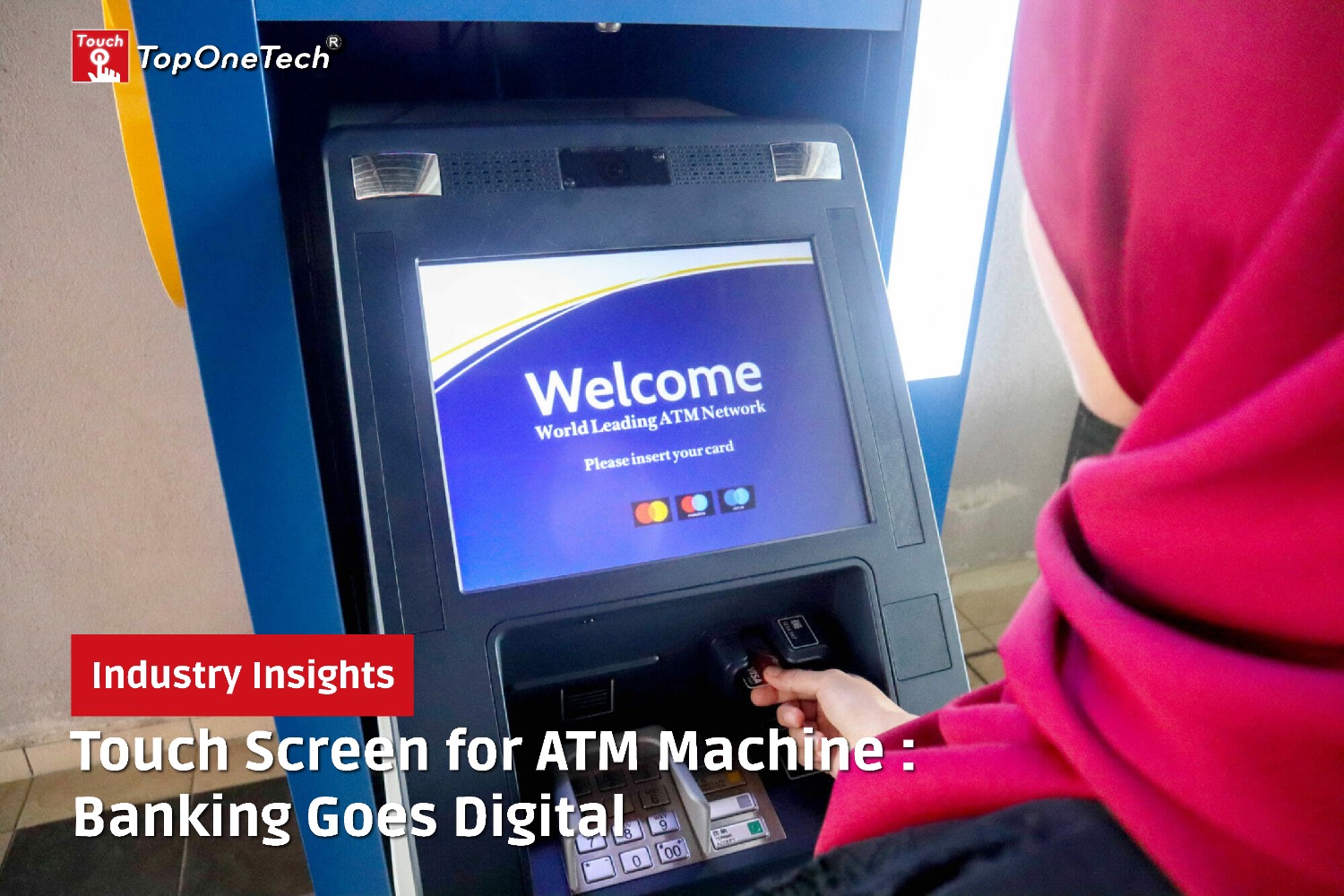Curved touch monitors are relatively new in the market. Compared with flat ones, they have a number of benefits including more immersive experiences, reduced eye strain, wider field of view, less distortion. However, it also involves some technological challenges in making curved monitors than flat monitors.

Curved Touch Monitors Technology Challenges
The difficulty lies in designing and manufacturing processes, precision engineering, and ensuring that the touch functionality remains accurate and reliable, etc. Here are some of the technology challenges associated with making curved touch monitors:
Curved Display Technology
Designing and manufacturing curved display panels involves overcoming technical challenges related to the bending of traditional display materials. This includes developing materials that can be curved without distorting the image quality or compromising durability. Traditional flat displays are built on rigid substrates, but curved displays require flexible substrates that can withstand repeated bending. Flexible materials, such as plastic or thin glass, need to be developed to ensure the structural integrity of the display. The bending radius of a curved display is a critical factor too. Balancing the desired curvature with the size of the display poses challenges, as larger displays may require more complex engineering to maintain a consistent curvature. And designing a curved touch screen that enhances rather than hinders the user experience requires careful consideration of ergonomics and usability. The curvature should contribute positively to user interactions without causing discomfort or usability issues.
Curved Touch Monitors Precision Manufacturing
Furthermore, achieving a consistent and precise curvature across the entire display surface is a significant technology challenge. Precision manufacturing processes are essential to ensure that the curvature is uniform and meets design specifications. Otherwise, variations in curvature may lead to distortions in image quality or touch sensitivity issues.
Curved Touch Monitors Touch Sensor Integration
Moreover, integrating touch-sensitive technology onto a curved surface without compromising accuracy or responsiveness is challenging. Traditional flat touchscreens use capacitive or resistive technology, and adapting these to a curved surface requires innovations in sensor design and placement. Consequently, developers may need to adapt or entirely reengineer traditional touch sensors designed for flat surfaces to function optimally on curved displays.
Calibration
Ensuring accurate touch response across the entire curved surface can be challenging. Develop calibration algorithms to accommodate the curvature and variations in touch sensitivity across different regions of the display.
Adaptation of Components
Various components of a traditional touch screen, such as controllers and drivers, may need adaptation to suit the curved form factor. Ensuring seamless integration of these components while maintaining performance adds to the design challenges.
Durability and Reliability
Curved displays need to be durable enough to withstand physical stress, such as bending, without compromising performance or longevity. Ensuring that the curved touch monitor remains reliable over time is a key consideration.
Manufacturing Costs
The technology required to produce curved touch monitors can be more complex and costly than flat displays. The cost of materials, equipment, and specialized manufacturing processes may pose challenges in making curved touch screens. Achieving economies of scale and optimizing manufacturing processes are ongoing challenges to make curved displays more affordable.
Supply Chain Complexity
Curved displays may involve more intricate supply chain processes, including the sourcing of flexible substrates and specialized manufacturing equipment. Managing the complexity of the supply chain is crucial for cost-effective production.
Overcoming these challenges often involves collaborative efforts between engineers, materials scientists, and manufacturers. Advances in flexible display technologies, touch sensor innovations, and manufacturing techniques continue to address these challenges, making curved touch screens more accessible in various applications, including smartphones, monitors, and interactive displays.
Despite these challenges, curved touch monitors have become more prevalent, especially in consumer electronics and gaming applications. Advances in flexible display technologies, touch sensors, and manufacturing techniques have gradually overcome many of the initial hurdles, making curved displays a feasible and commercially viable option.
See Also : Our Wide Range Of Products



